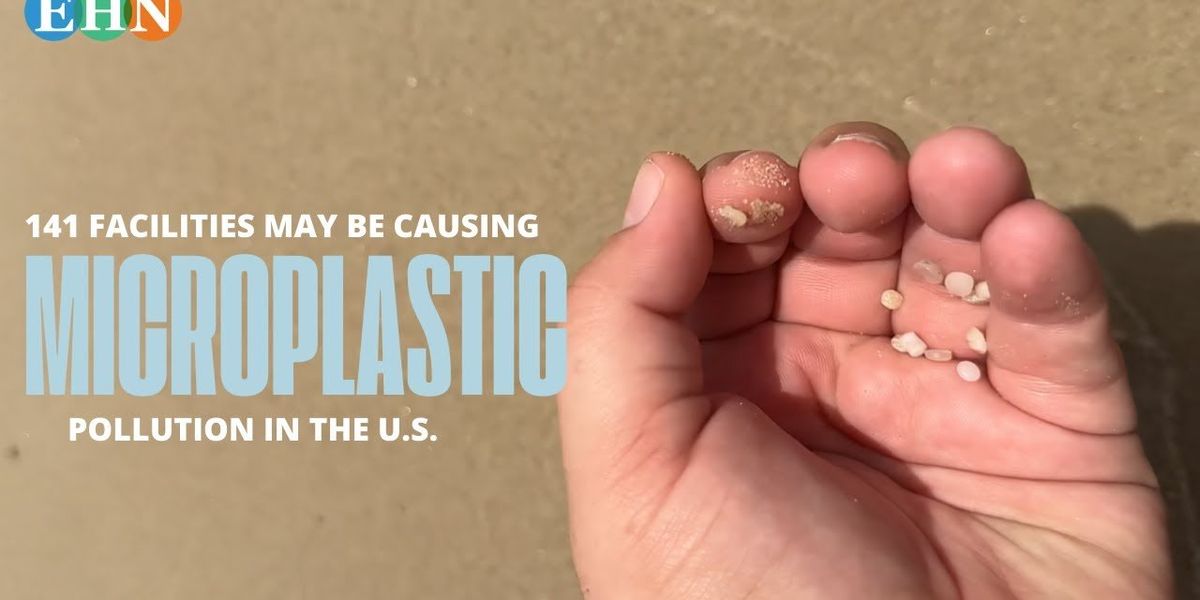
Environmental Health News
@EHNewsroom
The official newsroom of Environmental Health Sciences, a nonprofit, nonpartisan organization that drives science into public discussion & policy.
Wildfire retardants, the hot-pink mix of water and chemicals sprayed from airplanes by the U.S Forest service to combat wildfires, are under scrutiny after a recent study found they’re a serious source of heavy metal pollution in the U.S. ehn.org/fire-retardant…

Opinion: The PFAS Alternatives Act is a path toward safer firefighting. "Many firefighters do not know that the greatest threat may not be the blazes they extinguish but the very gear designed to safeguard them." ehn.org/pfas-alternati…

The Trump administration has granted two-year exemptions from Clean Air Act limits to more than 100 industrial polluters, reversing protections aimed at reducing cancer and developmental health risks. ehn.org/trump-lifts-po…
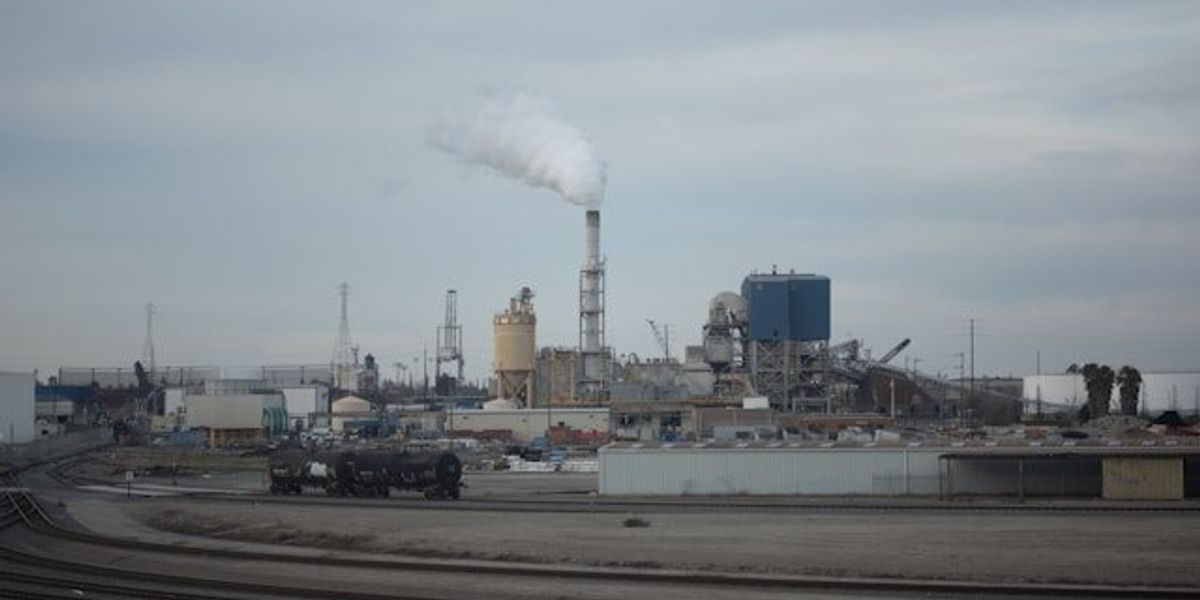
An open letter from EPA staff to the American public. “We cannot stand by and allow this to happen. We need to hold this administration accountable.” ehn.org/epa-environmen…

Nearly 200 compounds linked to breast cancer found in food packaging, tableware. The new research comes as the U.S. Food and Drug Administration re-evaluates management of potentially harmful chemicals in food additives and packaging. ehn.org/plastic-chemic…

In a recent study published by Environmental Toxicology and Chemistry, researchers examined pesticide exposure in monarch butterflies that died during a mass mortality event in Pacific Grove, California, in January 2024. ehn.org/pesticide-butt…
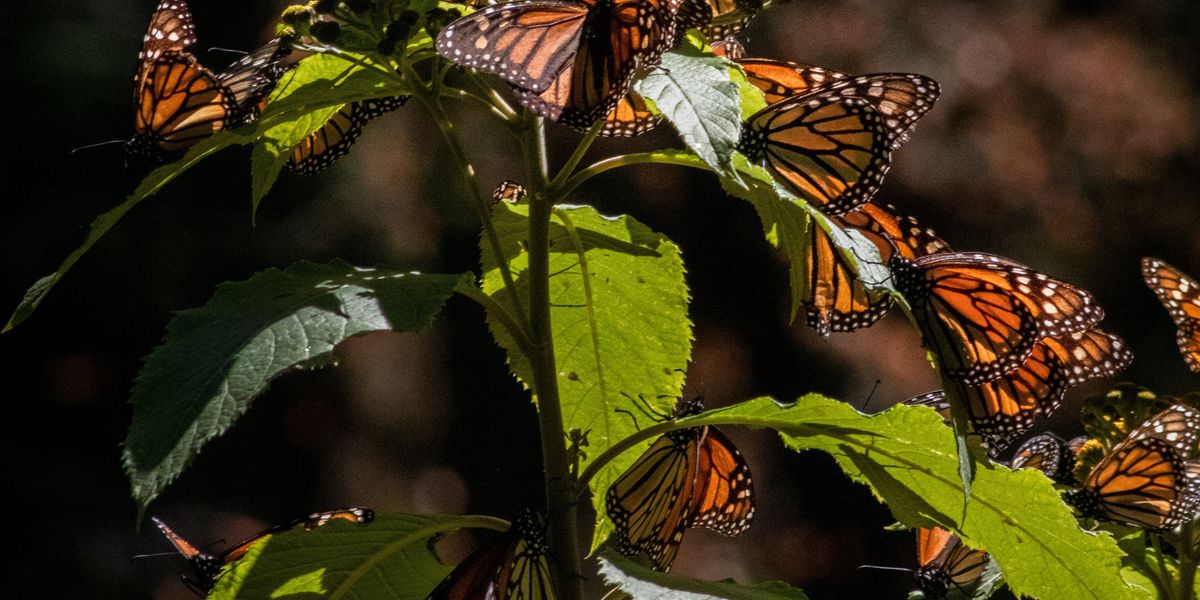
A local advocacy group has launched a new, real-time air monitoring website for communities impacted by air pollution from Shell’s massive petrochemical complex and other industrial sites in western Pennsylvania. ehn.org/shell-pennsylv…

Chemicals found in common food packaging plastics like cling film and snack pouches may interfere with the body’s natural 24-hour sleep-wake cycle, increasing the risk of sleep disorders, diabetes, immune problems, and even cancer. ehn.org/plastics-harm-…

In a recent study published in Scientific Reports, researchers examined the plastic waste produced by three major beverage companies: Coca-Cola, PepsiCo, and Nestlé. ehn.org/plastic-pollut…
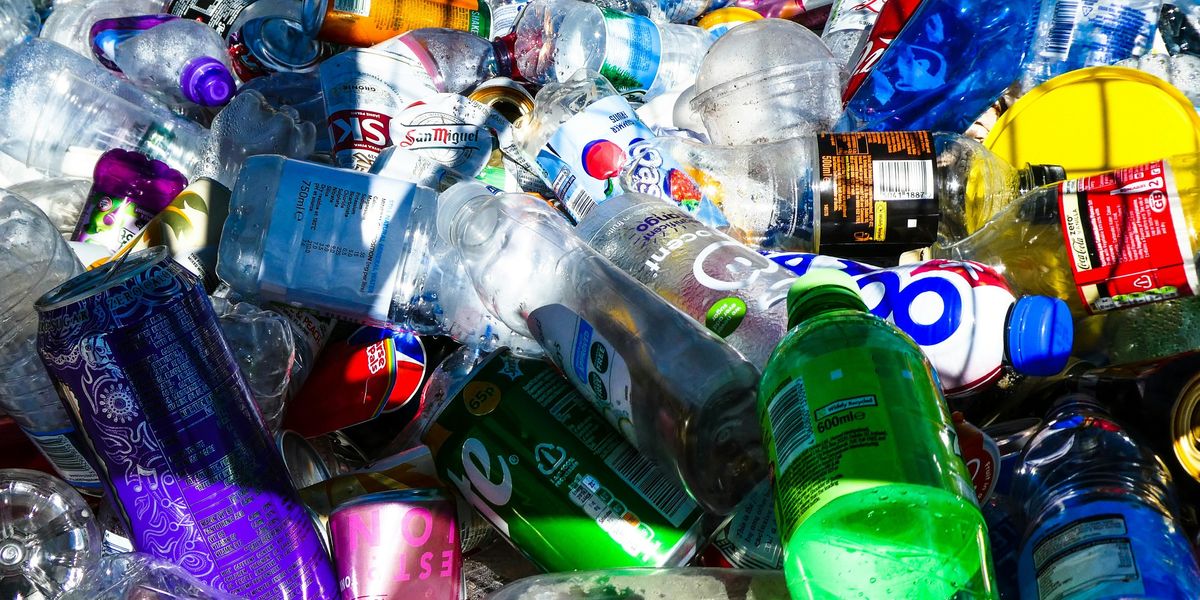
A recent study found that Colorado children who’d been diagnosed with Acute Lymphocytic Leukemia were more than twice as likely to live near dense oil and gas development. ehn.org/fracking-leuke…

Twenty-two kinds of essential oils from 11 popular brands contain detectable levels of phthalates, according to a recent report from Mamavation. ehn.org/do-essential-o…

After more than two years in operation, Shell’s petrochemical plant in Pennsylvania has failed to deliver economic growth to the surrounding region. ehn.org/shell-cracker-…

Phthalates found in some popular tallow brands. Phthalates are linked to hormone disruption, fertility impacts, low birth weights, obesity, diabetes, some cancers, brain and behavioral problems, and other health issues. ehn.org/phthalates-fou…

The U.S. Food and Drug Administration (FDA) has approved a new natural food dye made from gardenia plants and is pressing the food industry to eliminate petroleum-based synthetic dyes like Red No. 3, which has been linked to cancer. @thenewledenews ehn.org/fda-urges-food…

Californians have lower levels of toxic chemicals linked to cancer, birth defects and reproductive harm in their bodies than people in the rest of the country, according to a new study. ehn.org/prop-65-reduce…
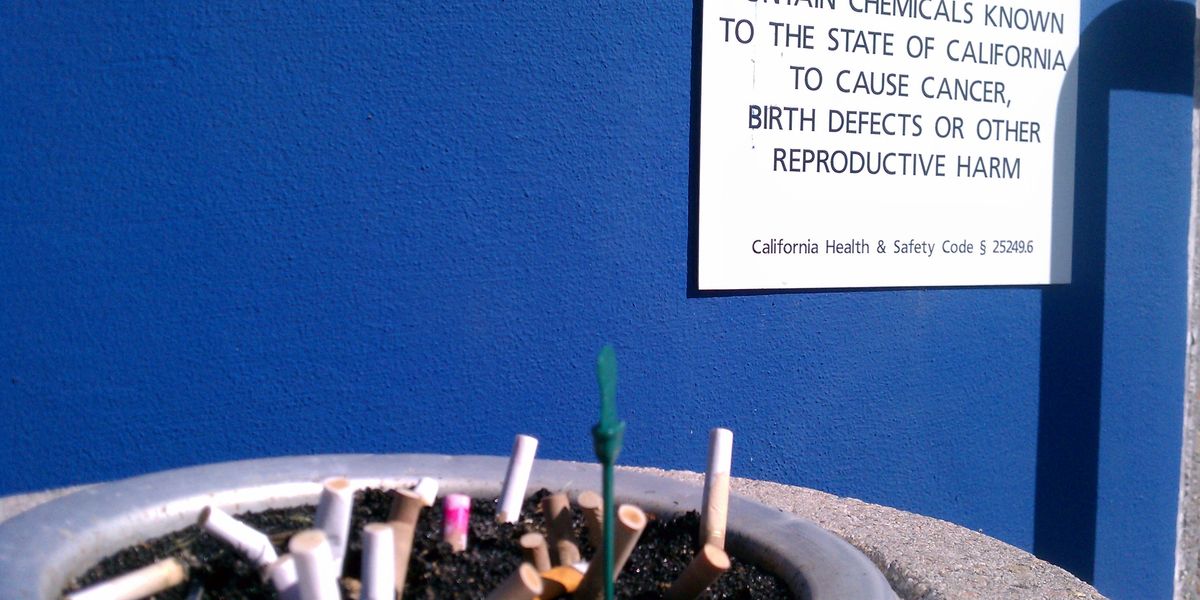
US regulators are poised to approve a pesticide made with a controversial class of toxic chemicals, stoking concerns of new risks for farms across the country. ehn.org/pfas-in-pestic…
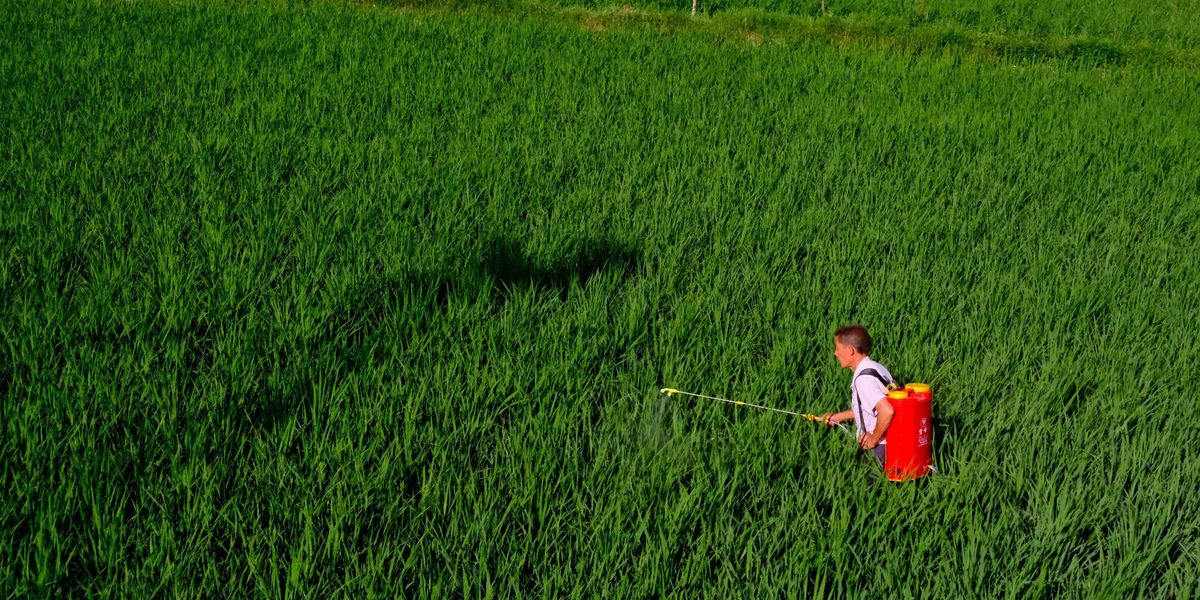
Millions in the U.S. may rely on PFAS-contaminated drinking water 🚨 As the Trump administration delays limits on forever chemicals in drinking water, a new model predicts the locations of contaminated groundwater. ehn.org/pfas-map-trump…

Plastic pellets known as “nurdles” are accumulating along Texas coasts. Nurdles — which can absorb harmful toxics and pollute the environment as they continue to degrade into microplastics – are produced by more than 140 facilities across the U.S. ehn.org/microplastic-o…
